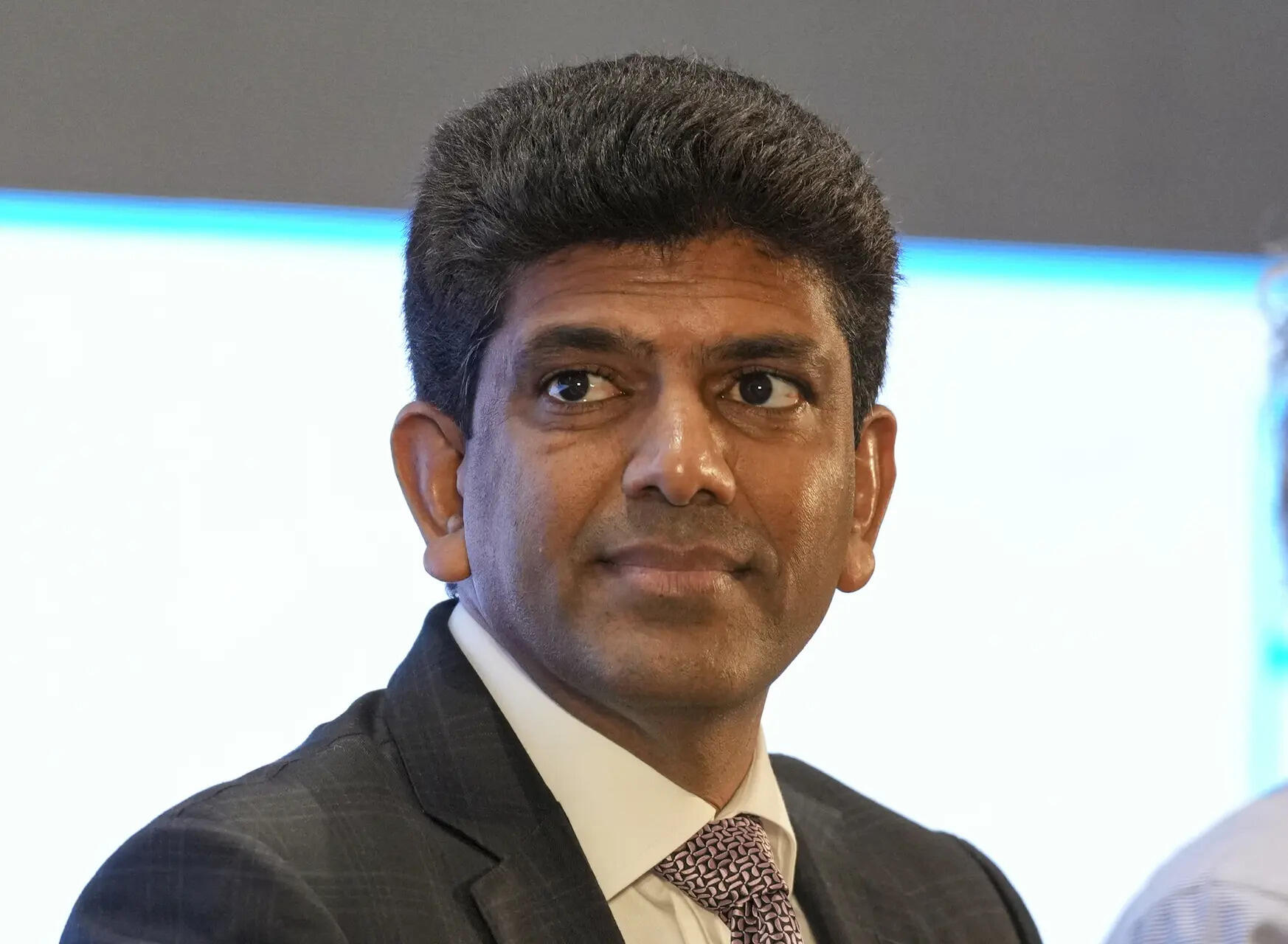NEW DELHI: The Central government’s production-linked incentive (PLI) scheme for telecom and network products has proven to be a game-changer for India’s domestic telecom manufacturing sector. Minister of State for Communications Chandra Sekhar Pemmasani announced on Tuesday that the scheme has already attracted ₹4,000 crore in investments and generated over ₹80,000 crore in sales.
Speaking at the Bharat Telecom 2025 event, Pemmasani stated, “The PLI scheme for telecom and network products has catalysed domestic manufacturing hubs. This policy has not only boosted investments but also created substantial employment opportunities and helped build self-reliance in critical telecom equipment for the country.”
He emphasized the importance of innovation and indigenous development through initiatives like the Telecom Technology Development Fund (TTDF), which supports local R&D and fosters innovation to address India’s unique technological needs. “Today, the narrative has shifted from ‘made for India’ to ‘made by India,’” he added.
India’s transformation in mobile phone production has also been remarkable. In the period from 2014 to 2025, India initially produced only around 6 crore units, while importing 21 crore units. Fast forward to 2024, India is now producing 30 crore mobile units, importing a mere 0.3 crore, and exporting around 5 crore units.
The minister cited reports indicating that India now contributes 15% to global Apple iPhone production. He also pointed out the country’s progress under the semiconductor mission, aimed at establishing India as a global hub for electronic system design and manufacturing. “The establishment of a semiconductor fabrication facility on Indian soil marks a watershed moment in our technological sovereignty,” Pemmasani noted.
Looking ahead, Pemmasani laid out the next phase of India’s telecom vision, which includes leading the global race in sixth-generation (6G) technology, extending satellite broadband to every village, and making India a global powerhouse in artificial intelligence (AI) and semiconductor manufacturing. “We will build a sustainable and free telecom ecosystem for our global partners,” he affirmed.
Arnob Roy, Chairman of TEPC and COO & Wholetime Director at Tejas Networks, also highlighted India’s rapid telecom infrastructure growth. He noted that the country is home to over 1 million telecom towers, more than 4 million kilometers of optical fiber cables, widespread radio access network (RAN) deployments, and over 10,000 square feet of data center space.
Roy emphasized that India has a robust and growing ecosystem of indigenous vendors offering complete solutions across wireless, wireline, and broadcast networks. TEPC, he said, will continue to act as a bridge between global companies and Indian telecom solution providers.
